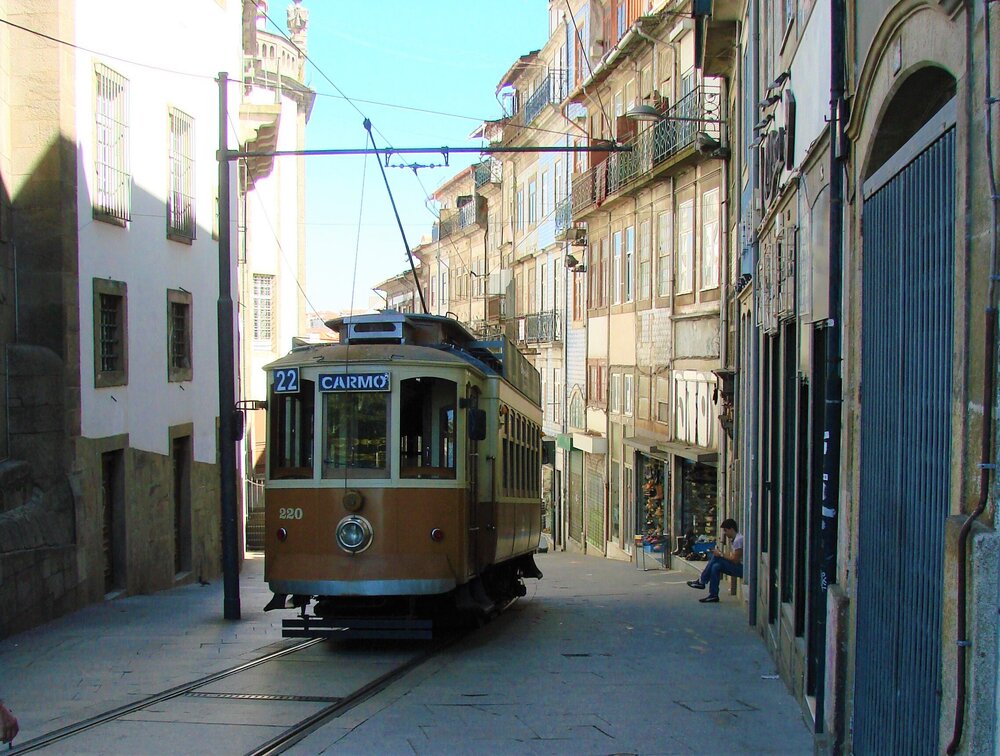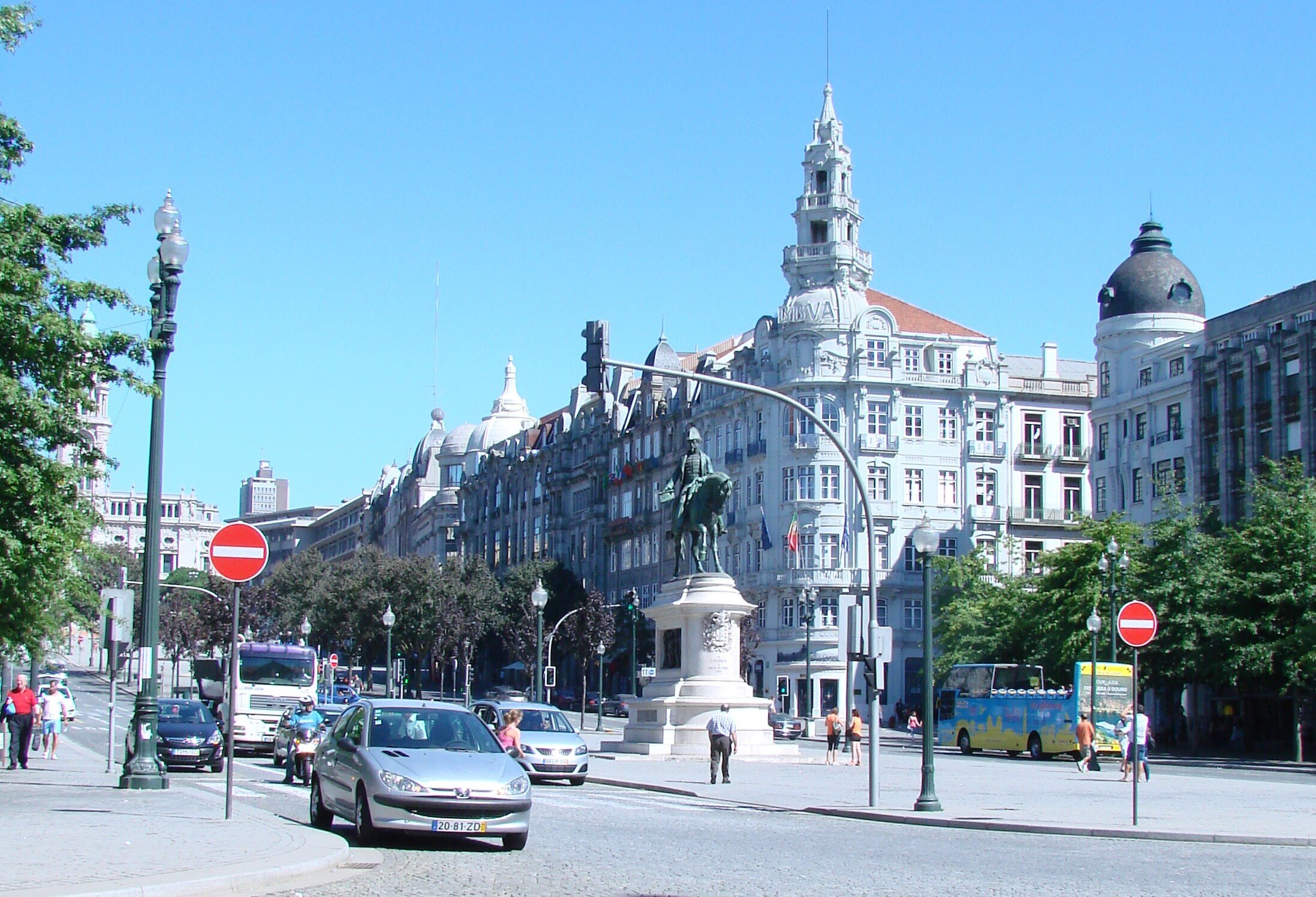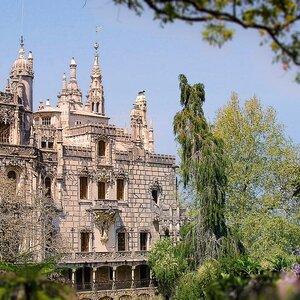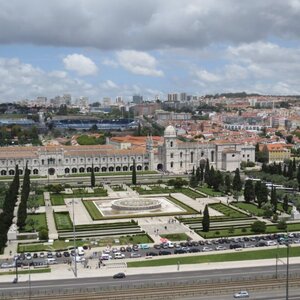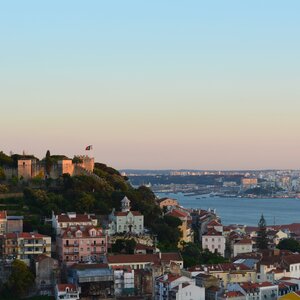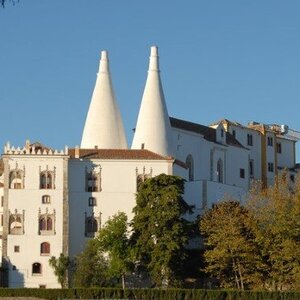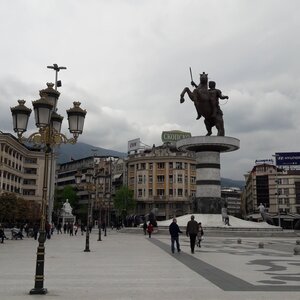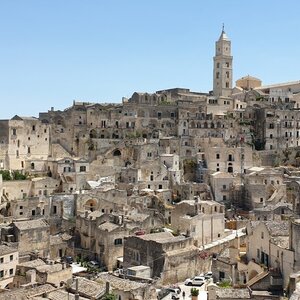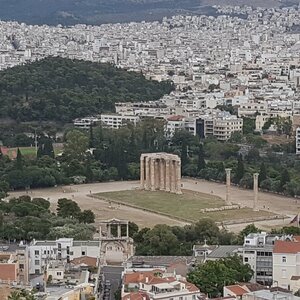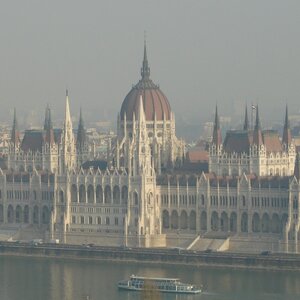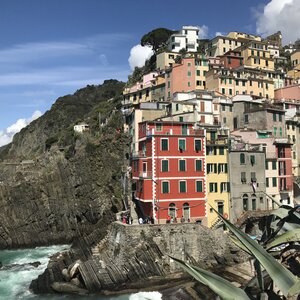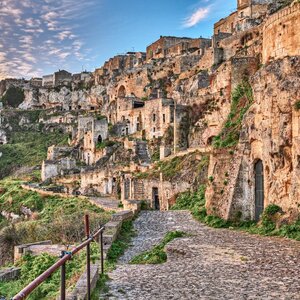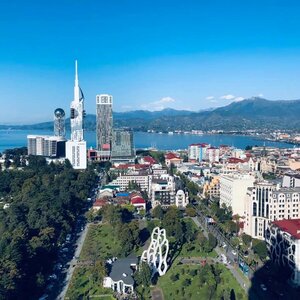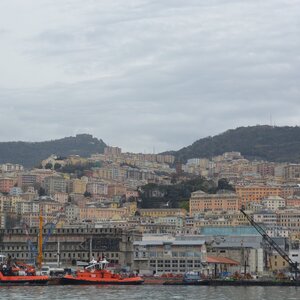Porto City Tourist Offices
To start, save 4 points on your map: tourist offices, where you will be given a free map of the city and booklets about Porto’s attractions.
- Rua Clube dos Fenianos, 25
- Rua do Infante D. Henrique, 63
- Terreiro da Se
- Rua de D. Joao de Castro, 210
Official Website: www.visitporto.travel
Freedom Square (Praça da Liberdade)
The main square, called Liberty Square in Porto, is the place to start exploring the city. It is surrounded by buildings of XIX–XX centuries, which nowadays house banks, restaurants, hotels and company offices. In the middle of the square stands a monument to King Pedro IV, who gave Portugal its constitution.
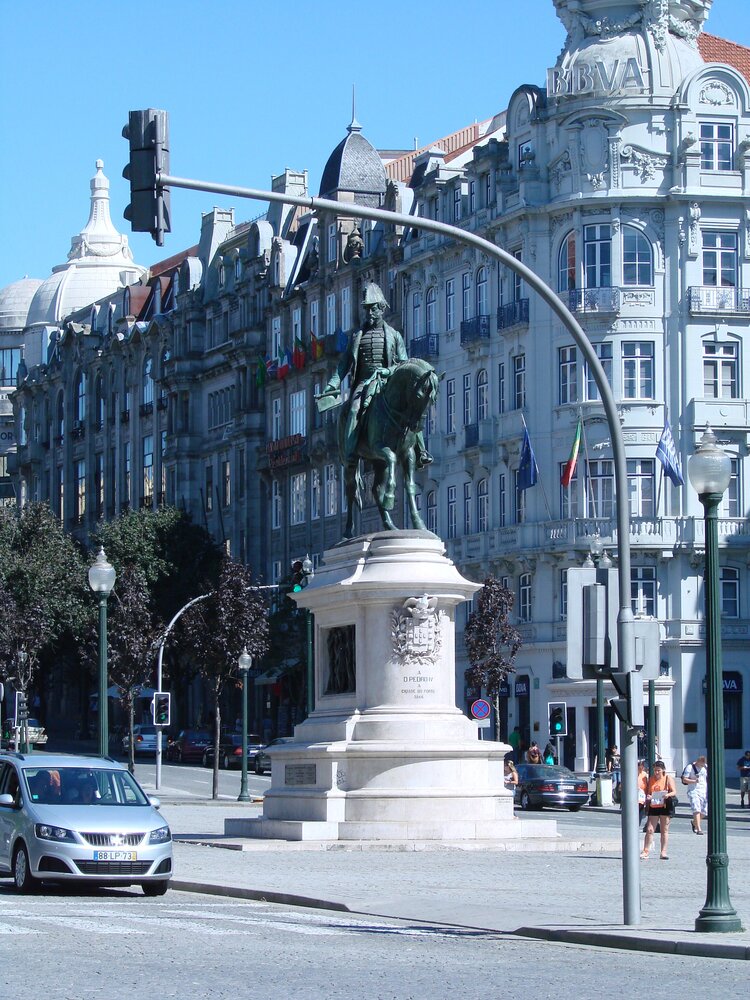
Next to the square is Porto’s central avenue. Walk along it for a while and you will come to General Humberto Delgado Square, where the Porto City Hall is located. Now this six-story building houses the city’s municipality. You can’t go inside the building, but you can see the facades.
Clérigos Tower and Church (Torre dos Clérigos, Igreja dos Clérigos)
The tallest in Portugal, the Clérigues Bell Tower is visible from anywhere in the city. This recognizable symbol of Porto used to be a landmark for ships entering its harbor. The 75-meter-high tower is the bell tower of the church of the same name, built in the 18th century in the Baroque style.
You can climb the Clérigues Tower and appreciate the view of the city until late in the evening.
- The church and tower are open daily, from 9:00 am to 7:00 pm.
- Cost to visit the museum and the tower: 5 € for an adult and free for children under 10 years old.
- A combined ticket to the church, museum and tower will cost 6.5 €.
- Night ticket to the tower (from 19:00 to 23:00) — 5 €, free for children under 10 years old.
- Check the official website for up-to-date information before traveling
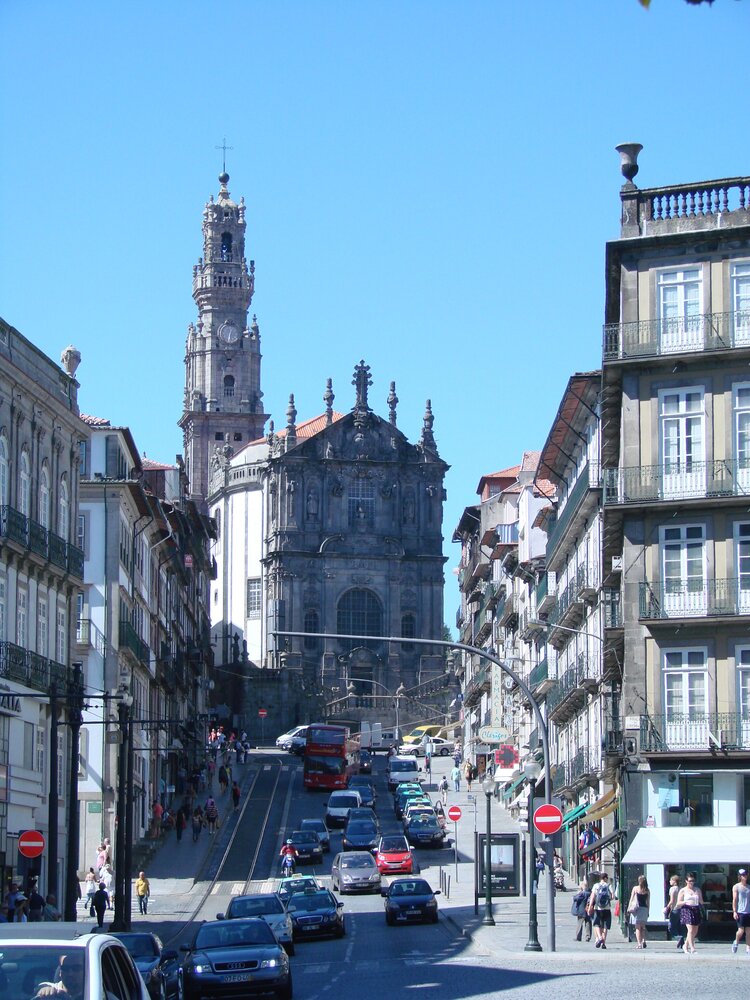
São Bento Railway Station (Estação de São Bento)
This one of the most beautiful working train stations in Europe is always full of tourists, even if they don’t need to go anywhere by train. The reason is that the walls inside the building are decorated with traditional azulejo tiles, of which huge paintings are made. It took 20,000 tiles to cover the walls, which were hand-painted for three years by artist Georges Wheels.
Stop by the São Bento train station 24 hours a day, 7 days a week, free of charge.
Parque Cordoaria (Jardim da Cordoaria)
Located in the historic center of Porto, near the Clérigues Tower. Officially called the João Chagas Garden since 1924, but most people know it as the Cordoaria Garden.
The park is small and has the shape of a triangle. It is notable for the fact that here you can see plane trees with unusual trunks resembling bottles. The garden is decorated with many sculptures. The most popular is the series of works «Thirteen People Laughing at Each Other» by sculptor João Muñoz.
You can visit the park for free and at any time.
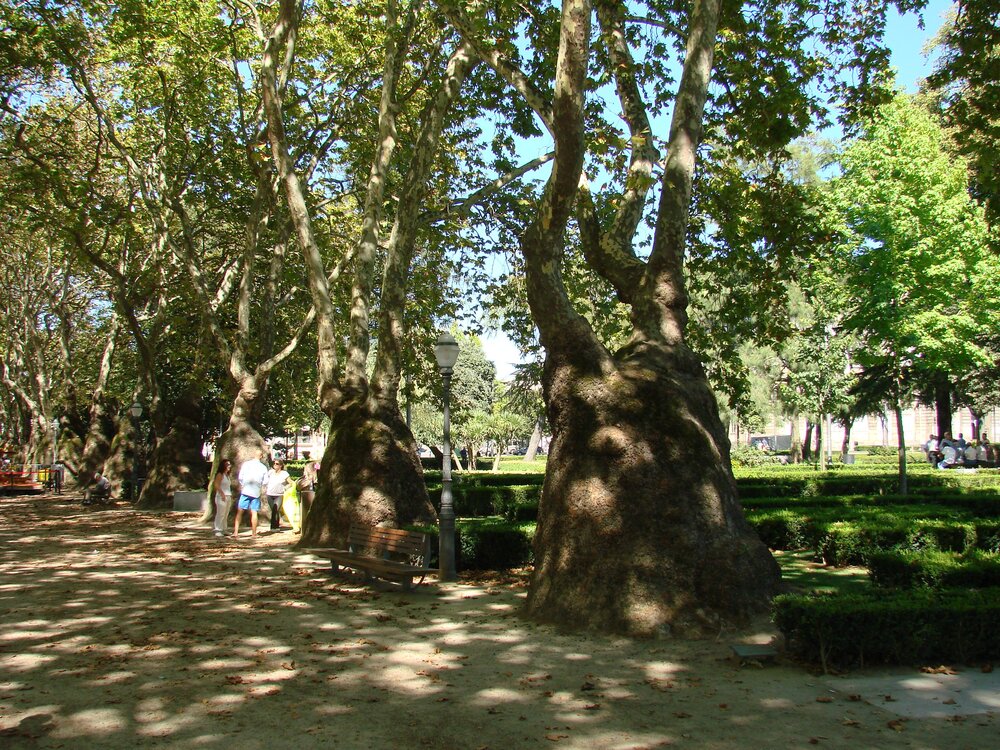
Carmo and Carmelite Churches (Igreja do Carmo, Igreja dos Carmelitas)
When you look at this structure, it may appear to be a single building. In fact, it is two different churches that are separated from each other by a building that is only one meter wide. This house is recognized as the narrowest house in the world and was once a dwelling.
The Carmelite Church was built first, in the 17th century, in the classical style, and therefore has a more austere appearance. Despite its modest facades, the interior of the church surprises with its rich decoration and a large number of gilded elements.
And the 18th-century Karmu Church belongs to the late Baroque period. One of the walls of the church is decorated with a painting of traditional white and blue azuleju tiles.
Both churches are National Monuments of Portugal and are free to visit.
Mode of work: daily, from 10:00 to 18:00.
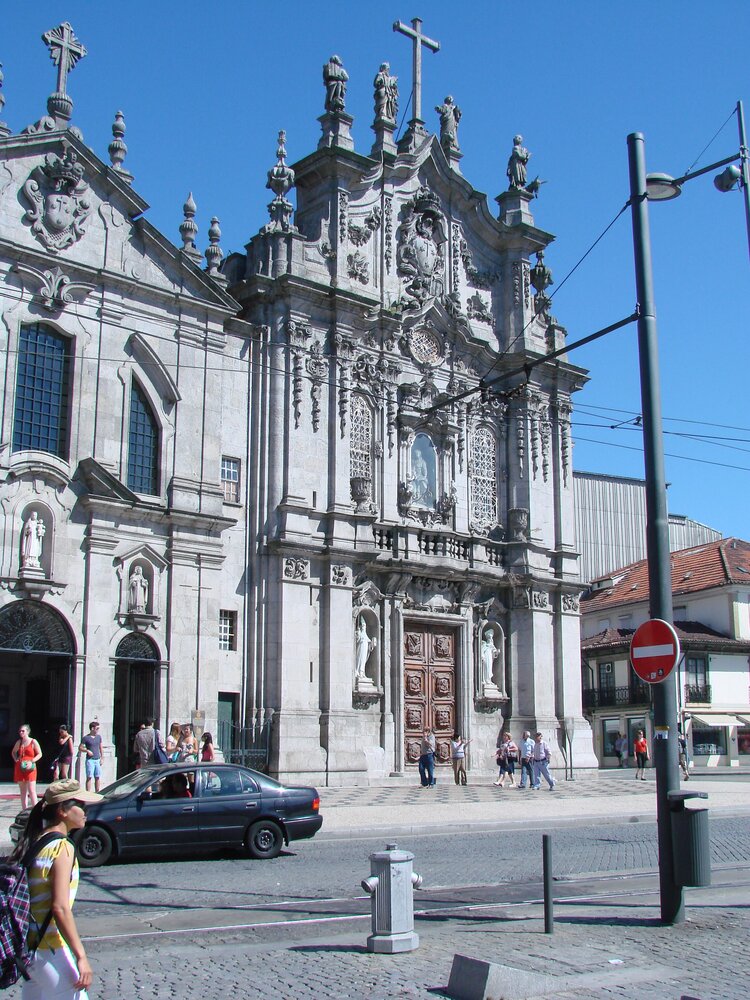
Lello Bookstore (Livraria Lello)
People come here not for the books, but for the «staircase from Harry Potter». One of the oldest operating bookstores in Portugal was opened at the end of the 19th century. For its interior design, it has been recognized many times as the most beautiful bookstore in the world.
Everything in the interior of the store is amazing: special wall decor, carved wood ceilings and an unusual curved red staircase that leads to the second floor of the store. There is an opinion that this very place inspired Joanne Rowling to write her famous Harry Potter series of books.
The store is always full of tourists. To get in, you have to buy a voucher for 5 €, which can be spent on buying books. Most of the books are in Portuguese, but there is also foreign literature.
- Store opening hours: in summer daily from 10:00 to 20:00. In other months: Monday through Friday from 10:00 to 19:30, weekends — from 10:00 to 19:00
- To find out more information about Lello’s Bookstore, you can visit its official website
Bolhao Market (Mercado do Bolhao)
The neoclassical building of Porto’s central market was opened in 1914. It attracts the attention of tourists with its unique structure: the building has two floors, an inner courtyard, and outside on all four sides it houses various establishments. For locals, it is the place to buy fresh produce.
- The market is open to the public on weekdays from 8:00 to 20:00, Saturday — from 8:00 to 18:00. Closed on Sundays and public holidays.
- The official website of Bolyan Market.
Porto Cathedral (Sé do Porto)
Porto Cathedral is a national treasure of Portugal and a must-see place. It is located near the city’s train station.
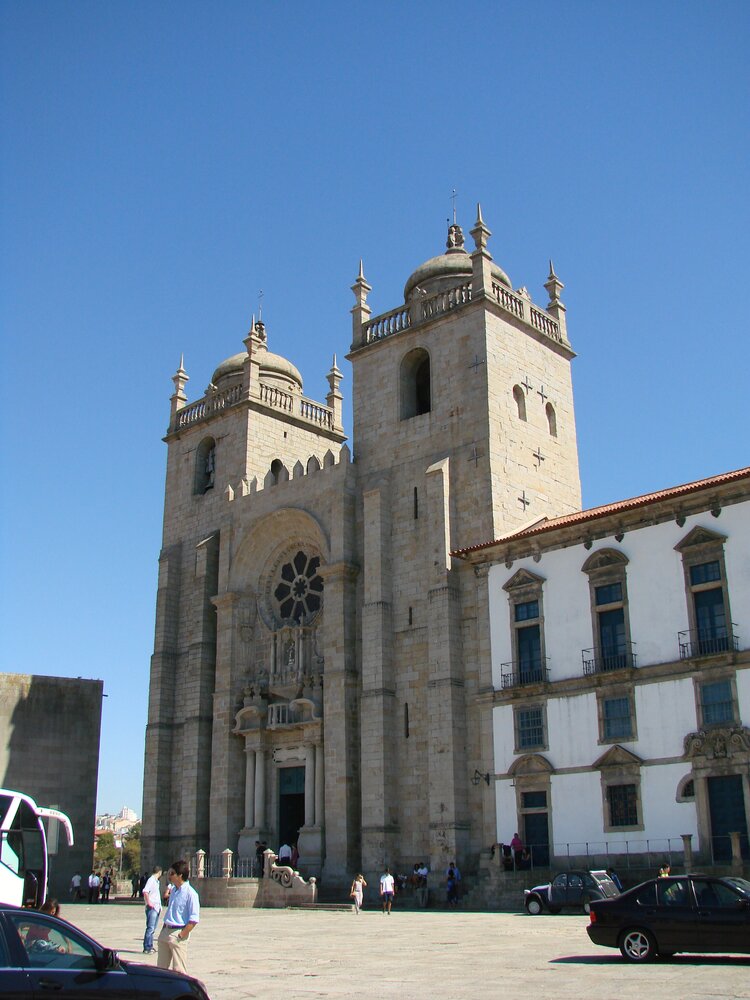
The construction of the cathedral began in the XII century and lasted for several centuries. The Cathedral was built on the highest point of Porto, so that it could be seen from any place in the city. Around this landmark of Porto there is an excellent observation deck, from which you can see beautiful panoramic views of the city: colorful roofs of houses and the river Duero.
It is free to visit the Cathedral and the observation deck.
Mode of operation: in summer from 9:00 to 12:30 and from 14:30 to 19:00. in winter from 9:00 to 12:30 and from 14:30 to 18:00.
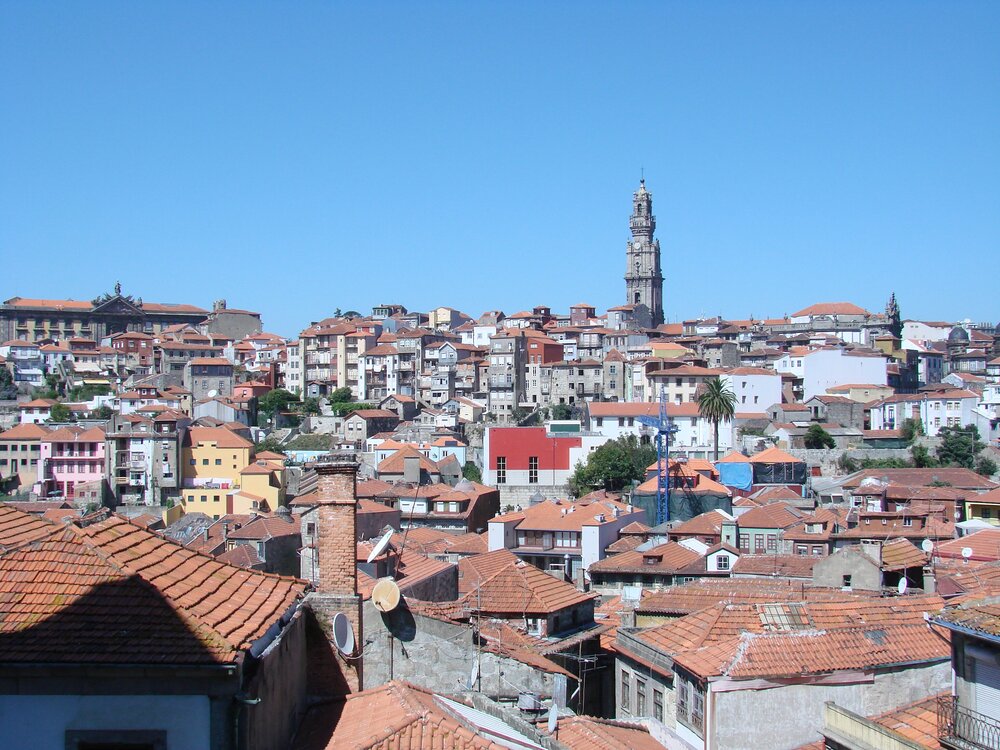
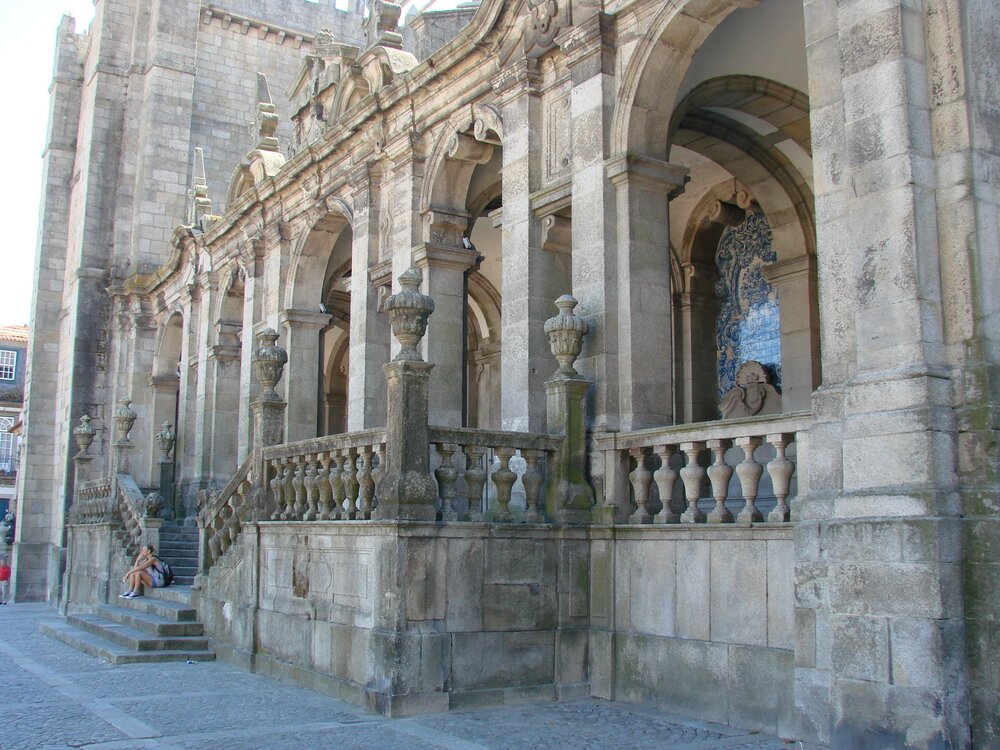
Vila Nova de Gaia (Vila Nova de Gaia)
Vila Nova di Gaia is the largest suburb of Porto, although many consider it part of the city. It is separated from Porto by the River Duero. It is famous for being the place where Port wine is produced. Therefore, the main interest for tourists in this city are numerous wine cellars and port wine museums, where you can taste this drink. After getting acquainted with the real Port wine, most travelers take this piece of Porto back home with them.
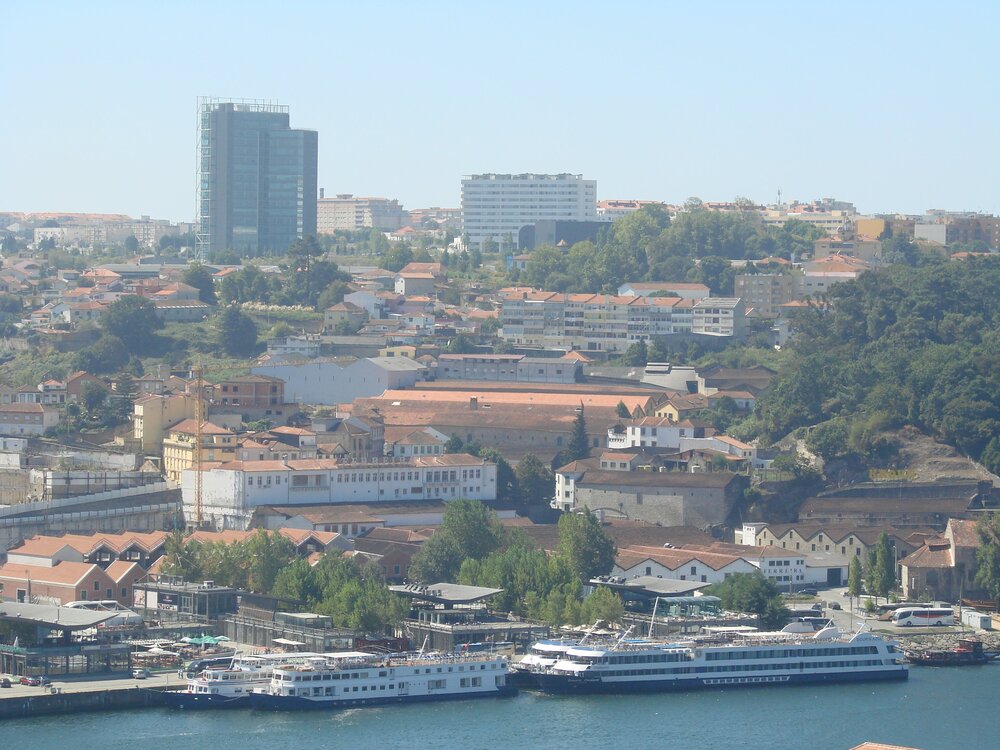
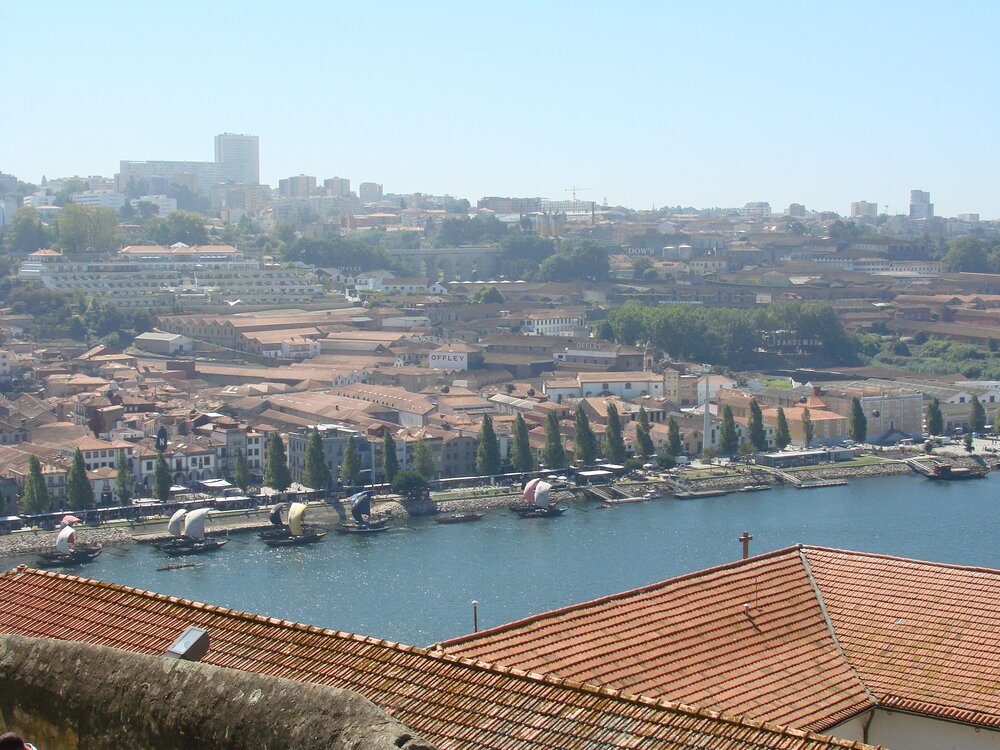
The beach on the ocean and the Ribeira promenade
The Duero River flows into the ocean a few kilometers from Porto, so it is quite easy and quick (30—50 minutes) to get to the ocean beaches from the city. The most notable and popular is the sandy beach of Matosinhos, which is lined with numerous fish restaurants.
Take a stroll along the Ribeira promenade. The section of the promenade adjacent to the King Luis I Bridge will be of particular interest.
An old yellow streetcar
The first streetcars on the Iberian Peninsula appeared in Porto — they have been running here since 1872, earlier than in Lisbon, where yellow streetcars became a symbol of the city. Built back in the late 19th century, the streetcars still run on three routes: 1, 18 и 22.
- Route #1 is the most popular route, it follows the Duero River to the Atlantic coast. It operates from 9:00 to 20:35.
- Routes 18 and 22 run along the most beautiful streets of the historical part of the city. Route 18 runs from 8:00 to 19:45, route 22 runs from 9:15 to 19:15.
- A one-way fare costs €3.5.
- An adult ticket for two days costs €10 for an adult and €5 for children aged 5 to 12. You can buy tickets on the streetcar itself.
You can check the schedule, route and ticket prices on the official website.
